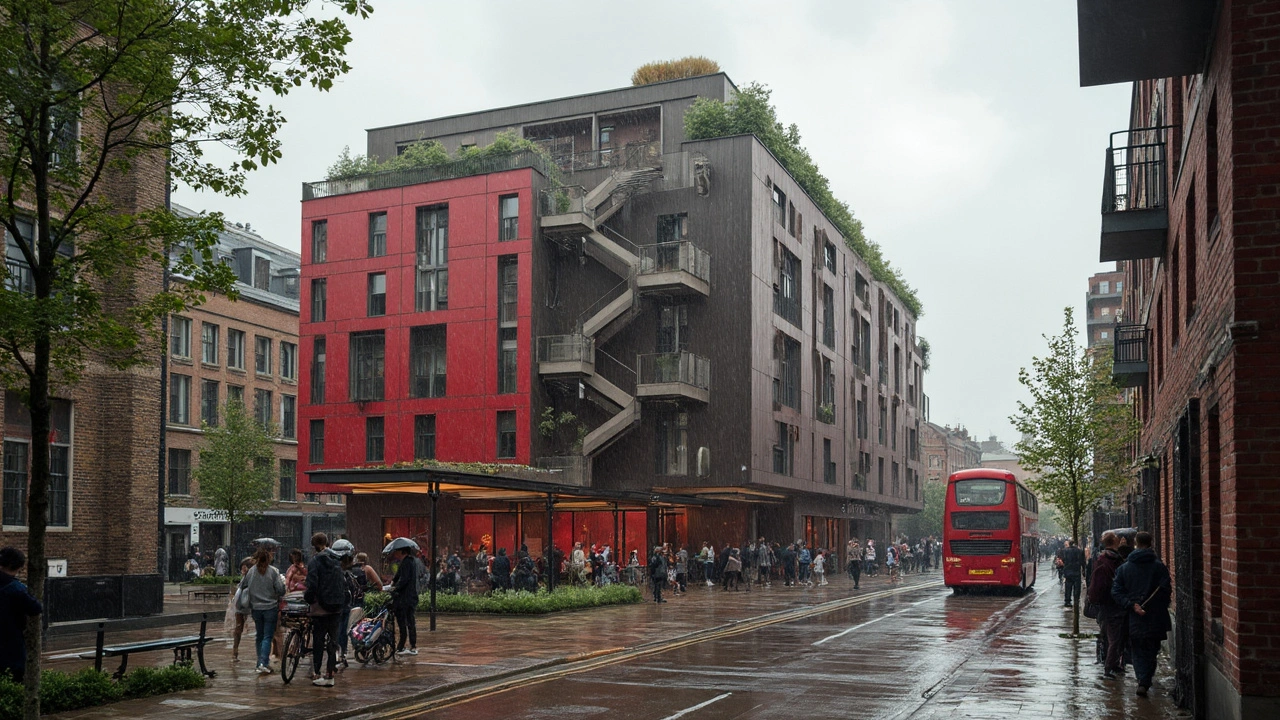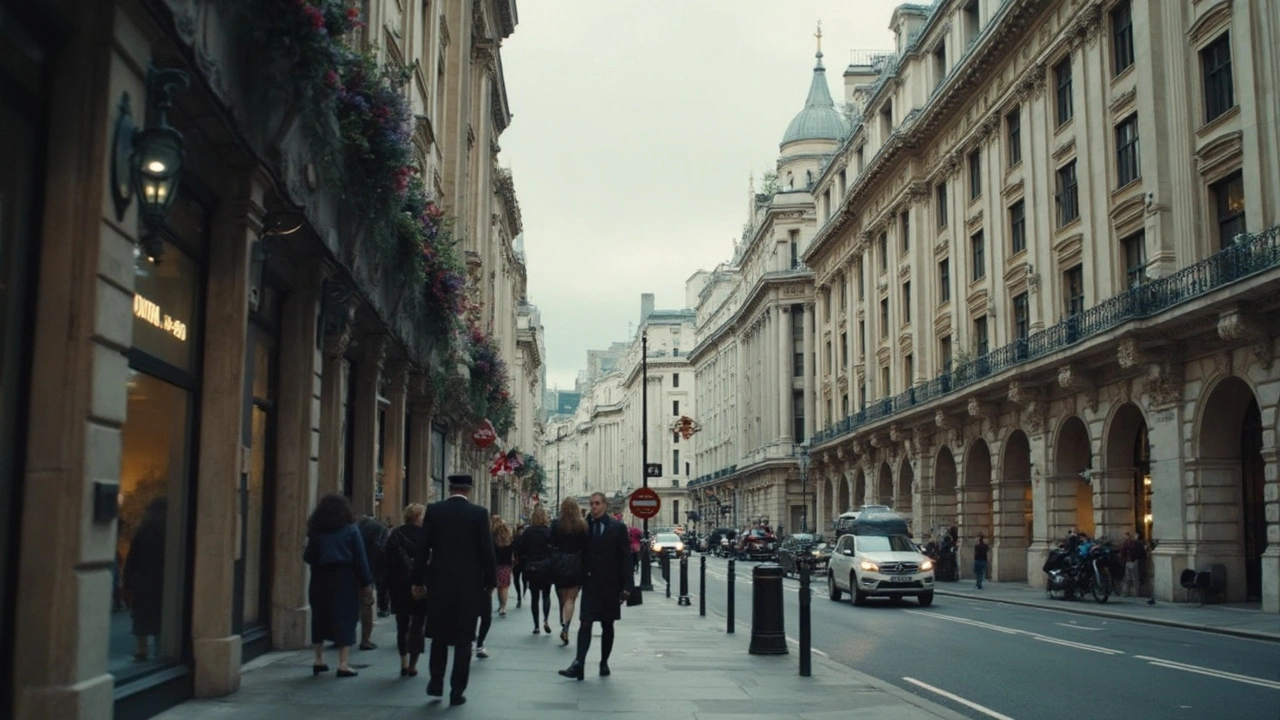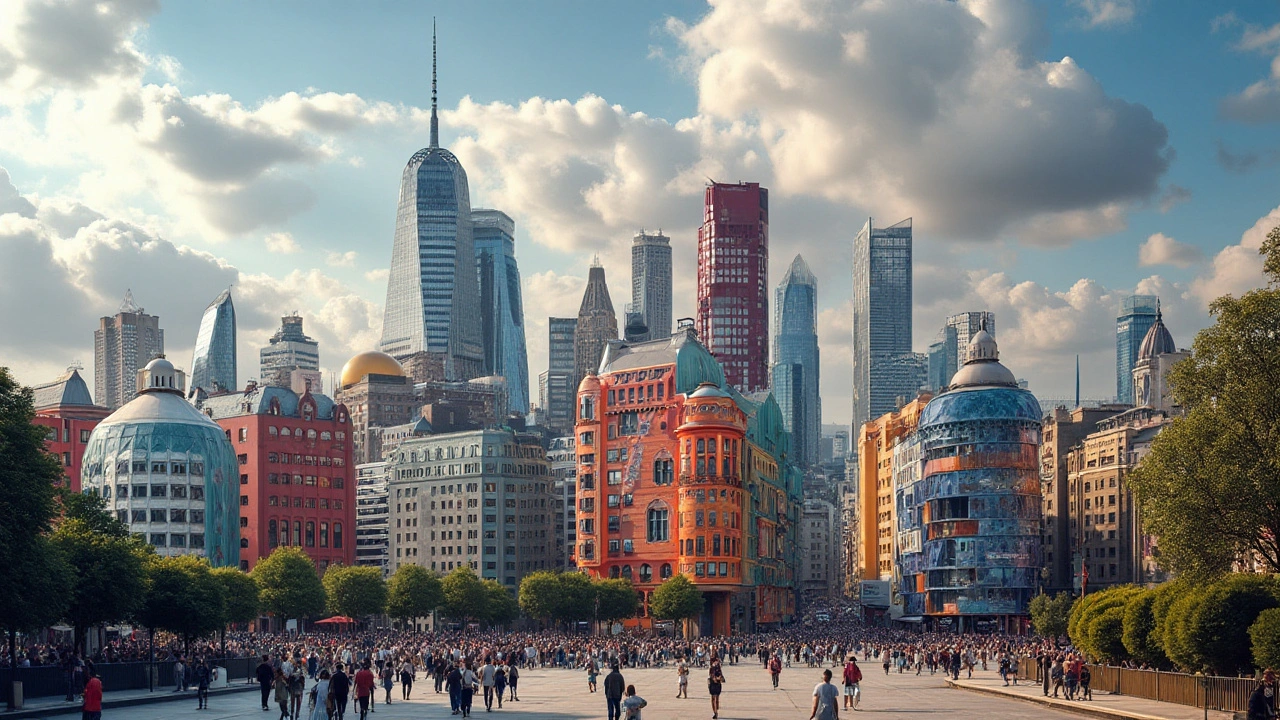What Constructivist architecture means for cities now. Clear guide, real examples, and checklists to apply its urban logic-fast builds, social spaces, and climate-smart design.
Urban Design: See How Streets, Parks and Buildings Shape City Life
Cities with more trees and connected streets make people walk more, spend more time outside, and feel safer. Urban design is the reason. It’s the mix of streets, parks, buildings, and public life that decides whether a block feels lively or dead. You don’t need a degree to read a place—just a few simple checks.
Urban design looks at three things at once: movement (how people get around), form (how buildings and spaces fit together), and use (what people do there). Historic styles like Beaux-Arts boulevards or Georgian rows shape city form; modern movements like High‑Tech towers or Neo‑Futurist plazas shape skylines and daily life. On this tag you’ll find pieces on Beaux‑Arts, Renaissance, Colonial, High‑Tech and more—each shows how style and city planning interact.
Three quick checks to read a street
1) Scale: Look at building height and width. Are buildings close to the sidewalk or set back behind lawns? Narrow fronting buildings with active ground floors (shops, cafes) usually make streets feel safe and interesting. Wide setbacks and blank facades do the opposite.
2) Edges: Notice what marks the street edge. Trees, benches, and stoops invite pause. Large walls, fences, or long blank surfaces push people away. A Beaux‑Arts avenue with trees and uniform facades feels very different from a High‑Tech corridor of glass towers—both beautiful, but one invites walking more than the other.
3) Movement: Watch how people move. Is there space for bikes and buses? Do crosswalks feel safe? Mixed‑use blocks where shops, offices, and homes sit together keep streets active beyond rush hour. If a place is empty at 7 p.m., the mix is probably wrong.
Design choices that actually change daily life
Materials and texture matter. Brick and stone slow people down and feel human; glass and metal can look sleek but distant. Shade and trees cut heat and raise comfort—simple fact. Small parks, widened sidewalks, and well‑placed benches turn a transit stop into a neighborhood hub. Historic details, whether Greek Revival columns or Colonial porches, give identity and help people connect to place.
If you want to influence urban design where you live, act locally: photograph problem streets, bring specific ideas (a bench here, a bike lane there) to civic meetings, and point to successful examples—like a renovated Beaux‑Arts boulevard or a pocket park beside a High‑Tech building. Join local walks or community design sessions; designers respond best to clear, doable suggestions.
Want to see examples? Browse the Urban Design tag to compare old and new approaches: how ancient Roman planning still shapes modern grids, why Beaux‑Arts influenced grand boulevards, or how neo‑futurist projects rethink public space. Spend an hour walking one block with these checks—you’ll notice things you missed before, and you’ll start seeing how design affects daily life.
Explore why Beaux-Arts architecture refuses to fade away, from its bold style to its surprising modern influences. This article breaks down what makes Beaux-Arts stand out, offers tips to spot it in your city, and reveals how its design ideas are still shaping buildings today. Whether you're a curious city-walker, a design lover, or just want to spruce up your own space, you'll find practical info and cool facts here. Get ready to see your surroundings in a whole new light. No fluff, just what you need to know.
Postmodern architecture has significantly shaped urban design, offering a blend of styles, forms, and historical references that defy the norms of traditional architecture. This movement, emerging in the latter half of the 20th century, challenges the rigidity and uniformity of modernism by embracing complexity and contradiction. As cities evolve, postmodern buildings bring diversity and creativity, transforming skylines with character and cultural resonance. This article delves into why postmodern architecture is crucial for future urban landscapes, exploring its impact on design philosophy and community identity.
Explore the fascinating world of postmodern architecture and its profound influence on contemporary urban spaces. This article delves into the unique characteristics of postmodern design, its impact on city planning and community life, and offers interesting facts and valuable tips for appreciating this architectural movement.




